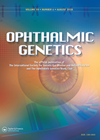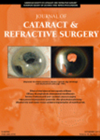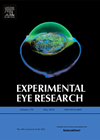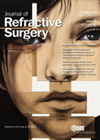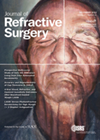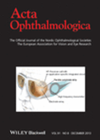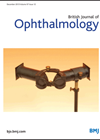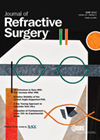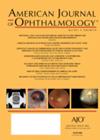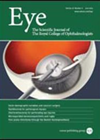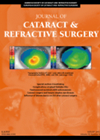
Journal Reviews
Differences of the anterior segment parameters in children with Down syndrome
This cross-sectional study was designed in order to demonstrate the differences in anterior segment parameters in children with trisomy 21. This is important as it may impact on surgical planning when undertaking procedures in the anterior segment such as corneal...
Liquid adhesive bandage for clear corneal cataract incisions
This paper reports a prospective randomised controlled trial of patients undergoing routine phacoemulsification with a 2.75mm clear corneal incision and followed up for 14 days postoperatively. They evaluated wound edge closure, surgically induced astigmatism and foreign body sensation after use...
Autophagy in lens mitochondria loss
The lens consists of a monolayer of epithelial cells that overlies fibre cells that differentiate from epithelial cells at the equator. While developing, fibre cells need mitochondria to provide energy, as they mature they lose these and other organelles to...
Prostaglandin levels in femto cataract surgery
Following previous reports of pupil size decrease after femtosecond treatment, the authors compare levels of prostaglandins in patients undergoing femtosecond assisted cataract surgery with those having routine cataract surgery. Patients with inflammatory eye disease, previous trauma surgery, age-related macular degeneration...
High-fluence collagen cross-linking
The authors treat seven eyes with progressive keratoconus with a high energy (18mW) for five minutes delivering a total energy similar to that suggested by the original Dresden protocol (3mW for 30mins). All eyes had a thickness >400µm following epithelial...
Two bifocals and a trifocal
The authors compare the optical outcomes of two bifocal intraocular lenses (AcrySof ReSTOR +2.50 Diopter [D] add +3.0D add) with a trifocal lens (AT LISA tri 839MP). The optical qualities of the lenses were quantified by measuring the modulation transfer...
Ocular characteristics in Marfan syndrome
Marfan syndrome (MFS) is a genetic disorder with clinical manifestations associated with cardiovascular, ocular and skeletal organ systems. Typical signs are descending aortic root aneurysms, ectopia lentis, tall stature and scoliosis. This observational study looked at the ocular characteristics, visual...
Clinical evaluation of a multifocal aspheric diffractive intraocular lens
This is a multi-centre prospective study involving five different centres in Europe including 52 patients with cataract. The average age was 68.5±10.5 years, 35 females were bilateral implanted with aspheric diffractive multifocal lens implantation of the Tecnis 1-Piece multifocal intraocular...
Rotational stability of angle supported phakic IOL
The authors evaluate 50 eyes of 28 patients that underwent an angle fixated phakic intraocular lens (IOL) implantation (Acrysof Cachet). All eyes had moderate to high myopia (-5.25 to-19.63 dioptres) and IOL sizing was performed as per the manufacturer’s recommendation....
Cataract surgery in patients with retinitis pigmentosa
Retinitis pigmentosa (RP) is the commonest inherited cause of retinal degeneration. Posterior subcapsular cataract (PSC) develops in 41% to 90% of these patients by age 40 years. In this retrospective study, the authors have evaluated surgical outcomes in patients with...
Intensive cataract training
Cataract surgery is one of the most commonly performed surgical procedures carried out worldwide but there is a steep learning curve and a higher complication rate for trainee surgeons. This study reports on an innovative training programme of combining the...
Corneal biomechanics and refractive outcomes after cataract surgery
The authors aimed to study a range of corneal properties and correlate them with refractive outcomes after phacoemulsification. Outcomes were reviewed in a fairly small group of 40 patients (including only right eyes) operated by two surgeons using clear corneal...

